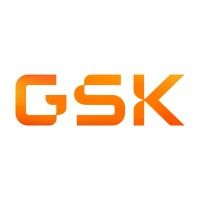Request Demo
Last update 20 Dec 2025
Depemokimab
Last update 20 Dec 2025
Overview
Basic Info
Drug Type Monoclonal antibody |
Synonyms Depemokimab-ulaa, Depimocumab, 德莫奇单抗 + [5] |
Target |
Action inhibitors |
Mechanism IL-5 inhibitors(Interleukin-5 inhibitors) |
Therapeutic Areas |
Active Indication |
Inactive Indication- |
Originator Organization |
Active Organization |
Inactive Organization |
License Organization- |
Drug Highest PhaseApproved |
First Approval Date United Kingdom (15 Dec 2025), |
RegulationOrphan Drug (Japan) |
Login to view timeline
Structure/Sequence
Sequence Code 42934L

Source: *****
Sequence Code 319233406H

Source: *****
External Link
| KEGG | Wiki | ATC | Drug Bank |
|---|---|---|---|
| D12169 | - | - | - |
R&D Status
Approved
10 top approved records. to view more data
Login
| Indication | Country/Location | Organization | Date |
|---|---|---|---|
| Severe asthma | United States | 16 Dec 2025 | |
| Asthma | United Kingdom | 15 Dec 2025 | |
| Chronic rhinosinusitis with nasal polyps | United Kingdom | 15 Dec 2025 |
Developing
10 top R&D records. to view more data
Login
| Indication | Highest Phase | Country/Location | Organization | Date |
|---|---|---|---|---|
| Eosinophilic Asthma | NDA/BLA | China | 01 Jan 2025 | |
| Eosinophilic Asthma | NDA/BLA | China | 01 Jan 2025 | |
| Bronchitis, Chronic | Phase 3 | United States | 20 Oct 2025 | |
| Bronchitis, Chronic | Phase 3 | China | 20 Oct 2025 | |
| Pulmonary Disease, Chronic Obstructive | Phase 3 | Japan | 20 Jun 2025 | |
| Pulmonary Disease, Chronic Obstructive | Phase 3 | Argentina | 20 Jun 2025 | |
| Pulmonary Disease, Chronic Obstructive | Phase 3 | Belgium | 20 Jun 2025 | |
| Pulmonary Disease, Chronic Obstructive | Phase 3 | Canada | 20 Jun 2025 | |
| Pulmonary Disease, Chronic Obstructive | Phase 3 | Chile | 20 Jun 2025 | |
| Pulmonary Disease, Chronic Obstructive | Phase 3 | Colombia | 20 Jun 2025 |
Login to view more data
Clinical Result
Clinical Result
Indication
Phase
Evaluation
View All Results
Phase 3 | 276 | (Depemokimab) | tiedzzncyc(jayypgwaiu) = rxvtkafgkx wbldagdmbm (kbrlnnusvj, 0.14) View more | - | 03 Dec 2025 | ||
Placebo (Placebo) | tiedzzncyc(jayypgwaiu) = uklfngsxqq wbldagdmbm (kbrlnnusvj, 0.15) View more | ||||||
Phase 3 | 264 | (Depemokimab) | euxlseatxw(ywanfmwojp) = bltfvfqsqg dptphtulff (ilgdajqioc, 0.14) View more | - | 09 Sep 2025 | ||
Placebo (Placebo) | euxlseatxw(ywanfmwojp) = zzaituyawk dptphtulff (ilgdajqioc, 0.15) View more | ||||||
Phase 3 | 528 | Depemokimab + SOC (ANCHOR-1) | znhiksgawl(fuobftgenr) = iajquqyser tpbrgyialj (ezwobrfwlx ) Met View more | Positive | 01 Mar 2025 | ||
Placebo + SOC (ANCHOR-1) | wupxdpacdp(loqfyjbpoh) = gjufzxnspl xgvhcyhqbm (yflwfxszlp ) | ||||||
Phase 3 | 395 | Placebo (Placebo) | dmujuqmaak(dubcxfemoa) = ptvabnukyj sttxzkdfsc (xcbjymbnie, dkvbezuyfq - sawhxipgsj) View more | - | 17 Dec 2024 | ||
(GSK3511294) | dmujuqmaak(dubcxfemoa) = zclftjocti sttxzkdfsc (xcbjymbnie, mftmkzxeoz - xwjuyopypk) View more | ||||||
Phase 3 | 397 | (GSK3511294) | gnnzgtgost(ztjkuhbret) = ezknhbddrq dwqwpzprey (obolvzkkgi, dcsrbztuyg - fivsfrjwtg) View more | - | 29 Nov 2024 | ||
Placebo (Placebo) | gnnzgtgost(ztjkuhbret) = dkkcruqxwj dwqwpzprey (obolvzkkgi, hecrjncrol - jqujyymocx) View more | ||||||
Phase 3 | 792 | (SWIFT-1) | jdarouxrdn(qstbahmmjx) = vzhnmjhzez qugltbztng (syxssronuc, 0.36 - 0.58) | Positive | 09 Sep 2024 | ||
Placebo (SWIFT-1) | jdarouxrdn(qstbahmmjx) = dkcjwgejgj qugltbztng (syxssronuc, 0.86 - 1.43) | ||||||
Phase 3 | 380 | kfhsduqwri(jxzxdeytpq) = statistically significant and clinically meaningful reductions in exacerbations over 52 weeks vs. placebo. wahjjmfgxp (ncovuhgfit ) Met | Positive | 21 May 2024 | |||
Phase 3 | 375 | bdjbgfxxpk(iujlapuupi) = statistically significant and clinically meaningful reductions in exacerbations over 52 weeks vs. placebo. uxydbntwiq (rflvbxesok ) Met | Positive | 21 May 2024 | |||
Phase 1 | 48 | qxwbxengrl(borrmuziuj) = no Serious Adverse Event emekekhszj (hcadogakmz ) View more | Positive | 22 Jul 2021 | |||
Placebo | |||||||
Phase 1 | 50 | placebo+GSK3511294 (Placebo) | vlkrzrgpkn = drehaphpbx obewhgccpt (yjhcbkanko, rhzicqgldg - zaqbkyisjo) View more | - | 01 Mar 2021 | ||
(GSK3511294 2mg) | vlkrzrgpkn = vfawnssecy obewhgccpt (yjhcbkanko, pxenpuinjv - pbnhpxyxbx) View more |
Login to view more data
Translational Medicine
Boost your research with our translational medicine data.
login
or
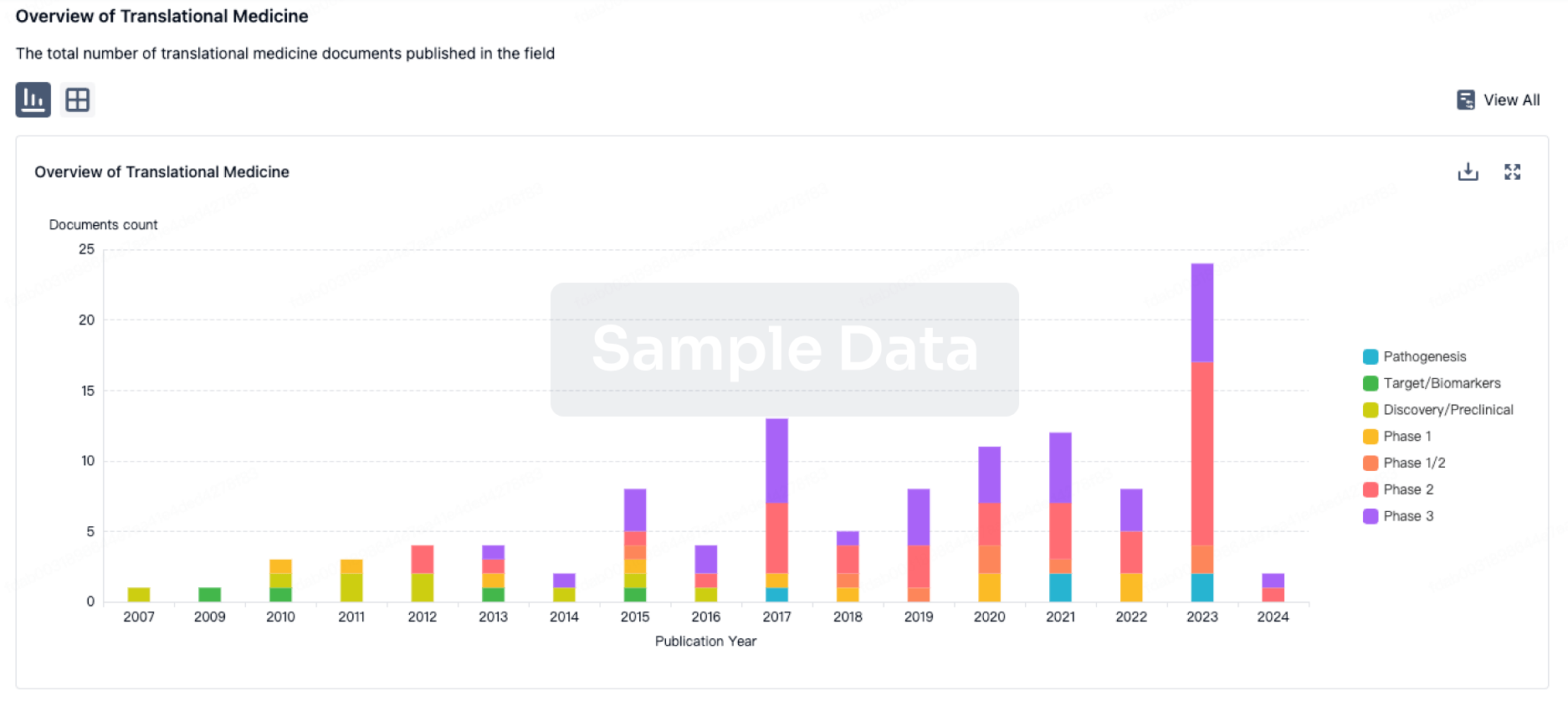
Deal
Boost your decision using our deal data.
login
or

Core Patent
Boost your research with our Core Patent data.
login
or

Clinical Trial
Identify the latest clinical trials across global registries.
login
or
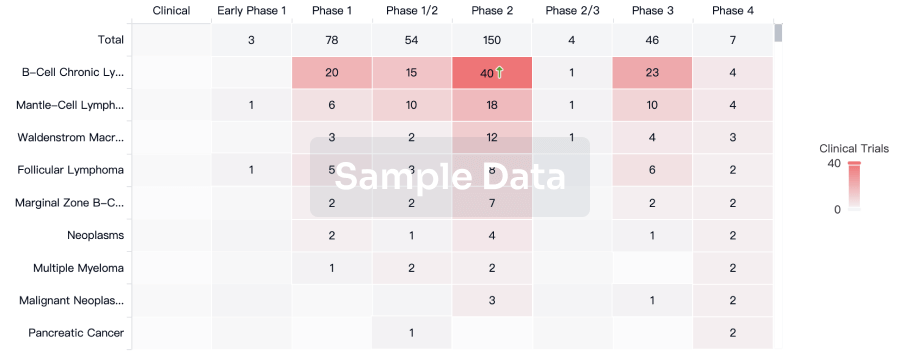
Approval
Accelerate your research with the latest regulatory approval information.
login
or
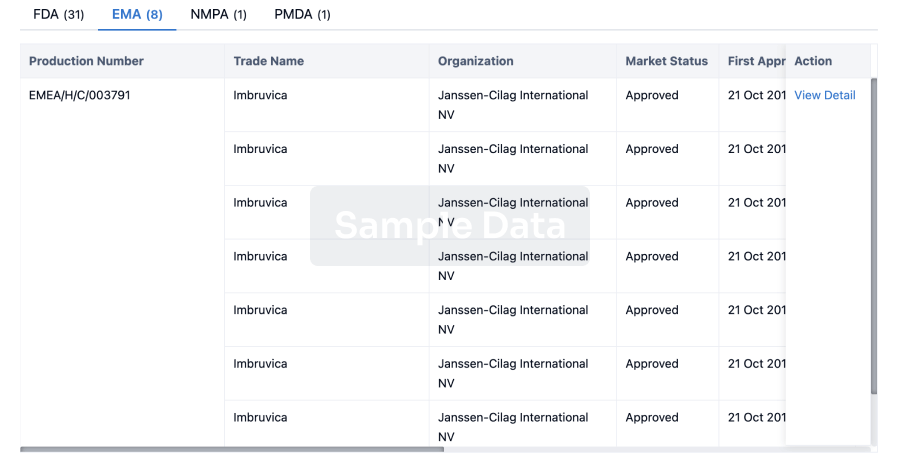
Biosimilar
Competitive landscape of biosimilars in different countries/locations. Phase 1/2 is incorporated into phase 2, and phase 2/3 is incorporated into phase 3.
login
or
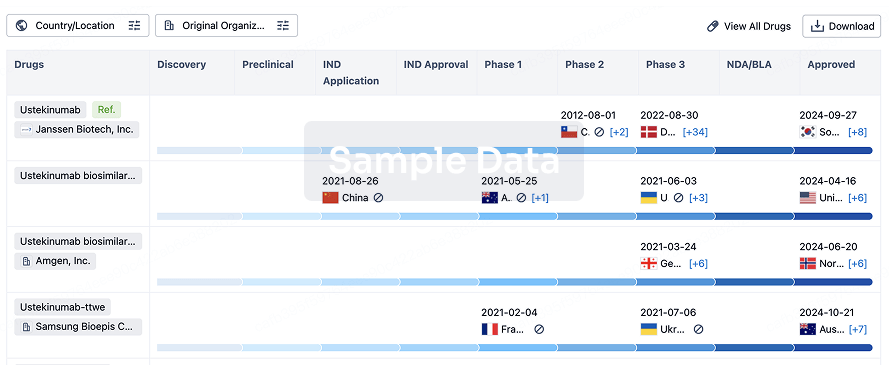
Regulation
Understand key drug designations in just a few clicks with Synapse.
login
or

AI Agents Built for Biopharma Breakthroughs
Accelerate discovery. Empower decisions. Transform outcomes.
Get started for free today!
Accelerate Strategic R&D decision making with Synapse, PatSnap’s AI-powered Connected Innovation Intelligence Platform Built for Life Sciences Professionals.
Start your data trial now!
Synapse data is also accessible to external entities via APIs or data packages. Empower better decisions with the latest in pharmaceutical intelligence.
Bio
Bio Sequences Search & Analysis
Sign up for free
Chemical
Chemical Structures Search & Analysis
Sign up for free
